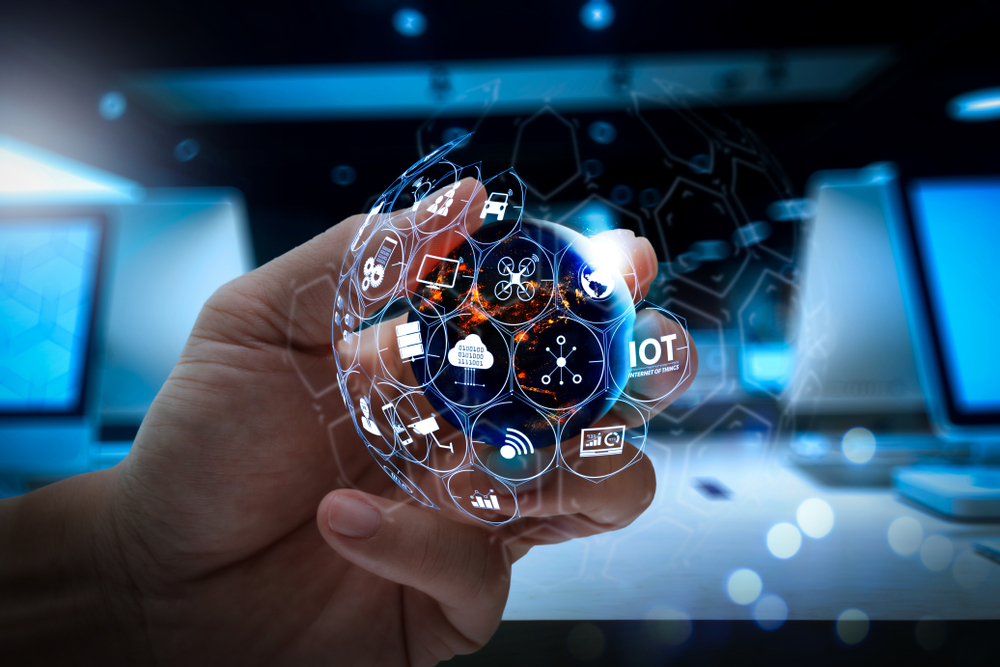Technology has become much like a ubiquitous fabric that binds life, industry, and commerce. Today, it is all about building connected products and services that often require a digital first approach. The advent of these new technologies like Automation, the Internet of Things (IoT), Blockchain, 3D printing, and Artificial Intelligence (AI) among others is leading to new possibilities and opportunities.
Many businesses are looking at IoT to leverage operational efficiencies, cost savings, and visibility. There are also many examples of IoT technologies that are having a big impact on the very nature of connected technologies. These innovations are being fostered by software and hardware advancements that can lead to exciting possibilities. Based on insights, let’s take a quick look at some of the key advancements and innovations in IoT in 2021.
Self-sustaining sensors with AI/ML capabilities
By eliminating the need for batteries, cost-effective and scalable solutions for acquiring data streams can be leveraged. Today, many plants and facilities are unwilling to place battery powered sensors on an array of machinery, pumps, steam traps, and compressors among other critical equipment. Since the logistical cost of placing a plethora of such sensors is not only time-consuming and expensive but would also require constant monitoring and maintenance. Battery powered sensors have been a hindrance for the use of IoT solutions. With self-sustaining sensors this problem is circumvented and it opens up new vistas for the use of IoT in commercial and industrial applications.
The idea of self-sustaining sensors finds immediate appeal in an era where there is a significant focus on sustainable solutions. Since these sensors are low-power embedded solutions, it makes them a great fit for harnessing renewable energy sources to power them. Further, if these sensors were AI/ML enabled then could lead to new possibilities for intelligent data analytics and edge computing. According to MarketsandMarkets, the Industrial Sensors Market is expected to grow at a CAGR of 9.8 % from 2020 to 2025 and is estimated to be worth USD 29 billion in 2025.
Mesh Sensors
Today, wearables can already measure your sleep quality, heart rate, and blood pressure. While many wearables track your physical activity, they aren’t always accurate. Mesh sensors circumvent this problem by being able to track your body’s exact movement. Consisting of a wireless network of sensors, which can be integrated with garments, these sensors gather data from multiple sources for enhanced accuracy. They can work in co-ordination with apps to figure out your body’s exact position. Cipher Skin uses a similar approach with its Biosleeve monitors that use Mesh sensors. They can be handy for intense workout regiments and physical rehabilitation programmes. In essence, mesh-sensors can turn pretty much anything into a smart device.
The wireless sensors network market is expected to reach USD 123.93 billion by 2026, and was valued at USD 46.76 billion in 2020, as per Mordor Intelligence.
Network Slicing for IoT Applications
Network slicing allows IoT device connections to be segmented, based on different requirements for bandwidth, latency, and reliability among other facts. It is a type of network virtualization that focusses on optimization: IoT deployments that are mission-critical can use network slicing for high-bandwidth, low-latency connections. This can be useful for smart cities and also pave the way for new IoT focussed business models among different network slices while enhancing the efficiency of the core infrastructure. The advent of 5G will lead to new possibilities for network slicing endeavours.
The Network Slicing Market is estimated to reach USD 446.33 billion from USD 143.63 billion in 2020, as per ResearchAndMarkets.
The road ahead
5G is expected to be a major catalyst for the widespread adoption of IoT. Over the next tend ears, anonymised data sharing from multiple data points will become the norm for many businesses. The focus on sustainable solutions and the aforementioned advancements shall help foster seamless IoT adoption that will change life as we know it. Everything, from we work, connect, and conduct business shall be influenced by the adoption of IoT or the data derived.



